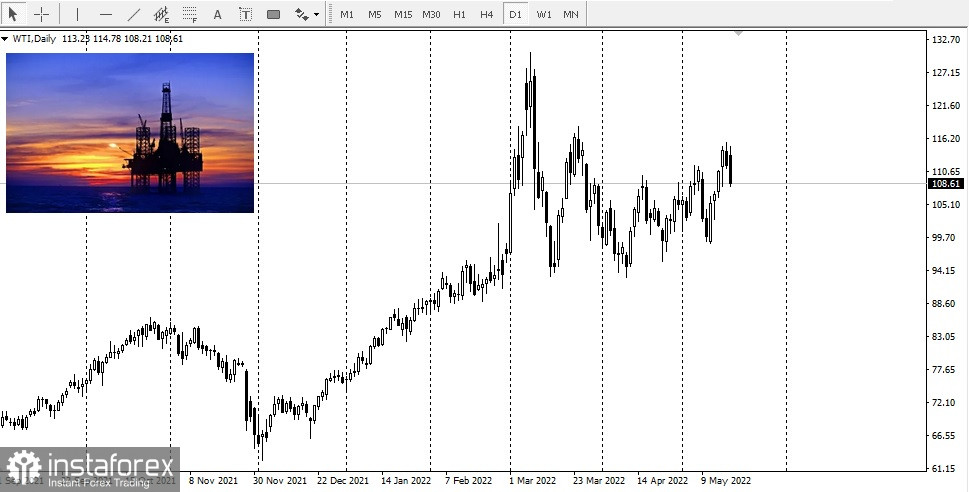
Oil was trading mixed yesterday after the Energy Information Administration reported a 3.4 million barrel drop in US crude inventories for the previous week.

Oil stockpiles stand at 420.8 million barrels, which is 14% below the five-year average for this time of year, according to the EIA.
A week earlier, oil reserves increased by 8.5 million barrels and this temporarily affected oil prices.
In terms of fuel reserves, the EIA reported a mixed result.
Gasoline inventories decreased by 4.8 million barrels last week, while gasoline production averaged 9.6 million barrels per day.
In comparison, last week, gasoline stocks dropped by 3.6 million barrels, while production stood at 9.7 million barrels per day.
Fuel prices in the US continue to beat new records. For the first time ever, gasoline prices in every US state have topped 4$ per gallon, AAA data shows. Gas prices are the highest in California where drivers pay an average of $6.02 per gallon.
Meanwhile, distillates inventories rose by 1.2 million barrels last week, while production averaged 4.9 million barrels per day.
In the previous week, middle distillate inventories dropped by 900,000 barrels, and the daily production rate was at 4.9 million barrels.
The supply of middle distillates in the US and other countries continues to tighten, leading to a sharp increase in diesel fuel prices and rising inflation. According to OPEC+, the problem lies in insufficient refining capacity combined with strong demand.
Global refining capacity declined during the lockdown but fuel demand has now recovered, revealing a supply gap and pushing prices higher. This rally is likely to persist for some time.
 English
English 
 Русский
Русский Bahasa Indonesia
Bahasa Indonesia Bahasa Malay
Bahasa Malay ไทย
ไทย Español
Español Deutsch
Deutsch Български
Български Français
Français Tiếng Việt
Tiếng Việt 中文
中文 বাংলা
বাংলা हिन्दी
हिन्दी Čeština
Čeština Українська
Українська Română
Română

